

A global archive of independent reviews of everything happening from the beginning of the millennium
Read our Copyright Notice click here
For publication dates click here
Sint Janskerk,
Mechelen
Grote Markt,
Antwerp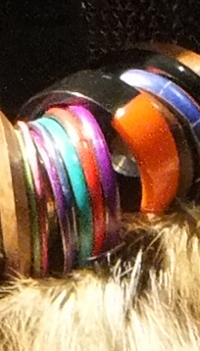 Modern design - Dries van
Noten
Modern design - Dries van
Noten
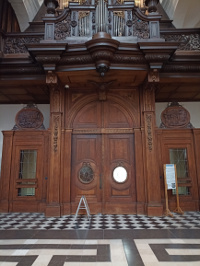 old design
old design
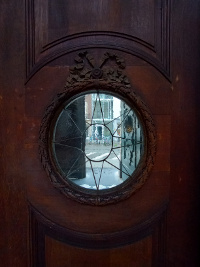 both a window on the
world
both a window on the
world
BASILICA IN MECHELEN
Reviewed by ANDRE BEAUMONT
A visit to Belgian Flanders soon brings you to notice jewellery. It is inextricably linked to old hierarchies and modern design.
In 1985, Pope John Paul II visited the Church of Onze-Lieve-Vrouw van Hanswijk in Mechelen and, two years later, the church was made a basilica to mark the millennium of Onze-Lieve-Vrouw van Hanswijk being venerated there from 998.
With its unusual dome and its status as a site of pilgrimage, but a little off the beaten track, Mechelen and Flanders well deserved the church's new designation.
It looks quite different from the run of grand Flanders churches and was built in Baroque style in the 17th century. From 2014 to 2016, extensive restoration works were financed by the public authorities and from 2009 works of art were restored.
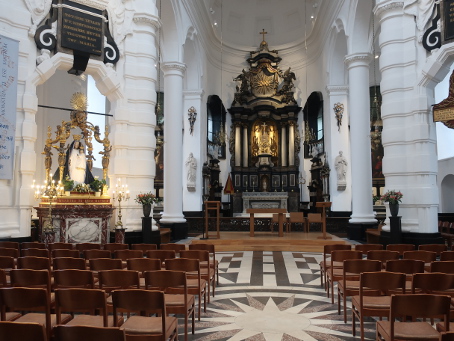
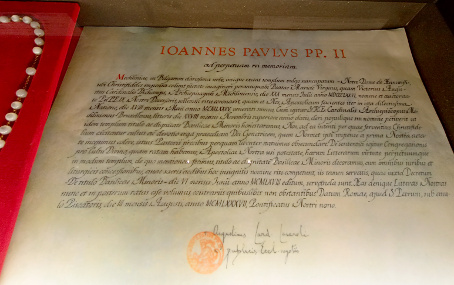
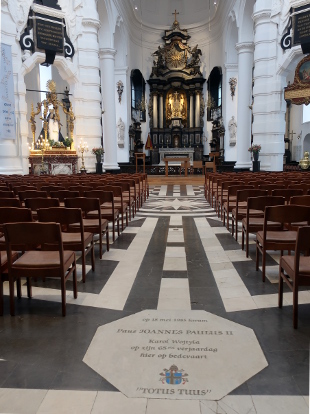
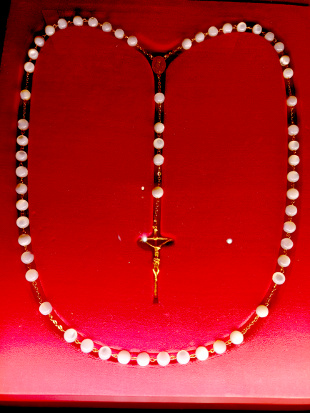
Rosary of John Paul II
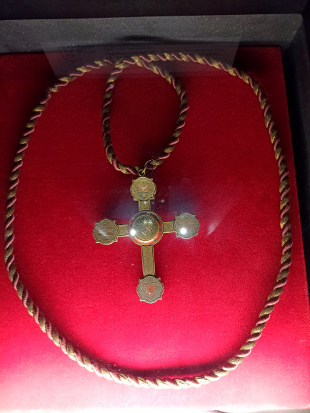
19th century bishop's cross left to the church by cardinal archbishop Victor-August Deschamps
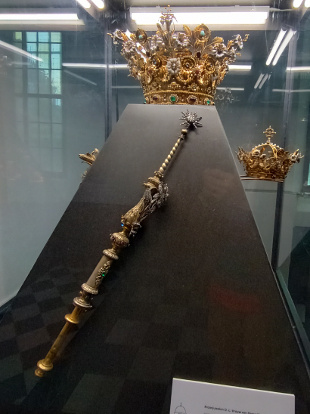
19th century crown jewels for the statue of Onze-Lieve-Vrouw van Hanswijk
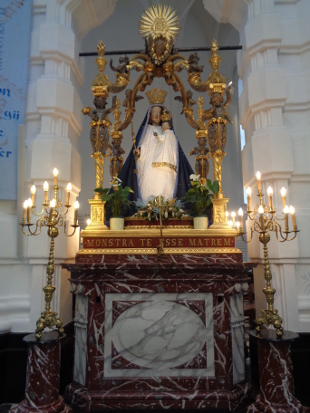
The venerated statue
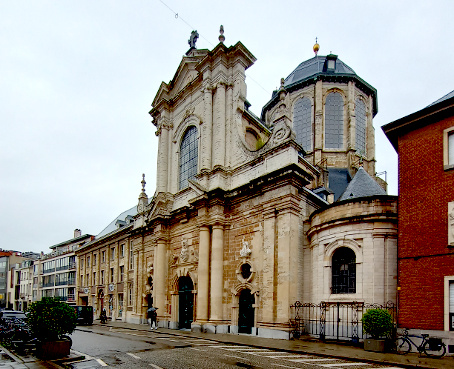
With the dome towering behind, it reminds you of St Carolus Borromeus in Antwerp where Rubens did the design for the facade only
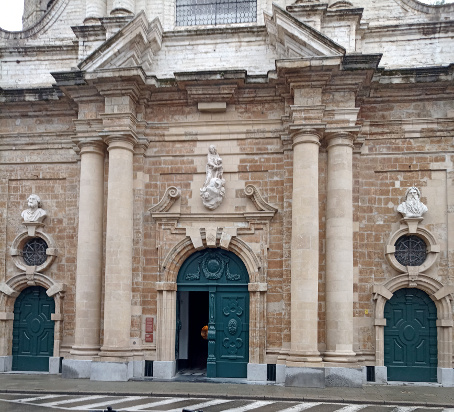
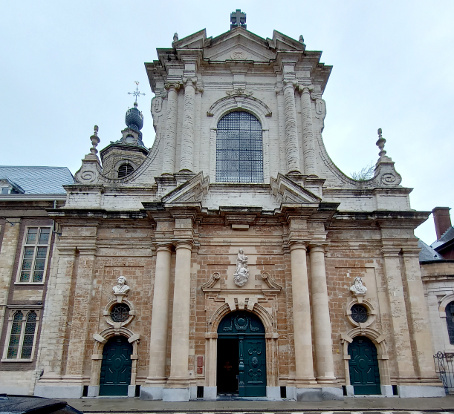
The multi-storey broken pediments are interesting for a church facade
The basilica was designed by local architect and sculptor Lucas Faydherbe, whose architectural style is said to be influenced by Rubens but Rubens' is that of a painter whilst Faydherbe's is that of a sculptor and so equipped to handle interior space.
The silhouette from the river side can set the architectural heart racing and the facade is exciting but the interior, though to a super-logical classical plan, does not have the flair of a Wren, which is a high bar but an appropriate one for domed Baroque churches. That said, his original plan was for a more massive dome.
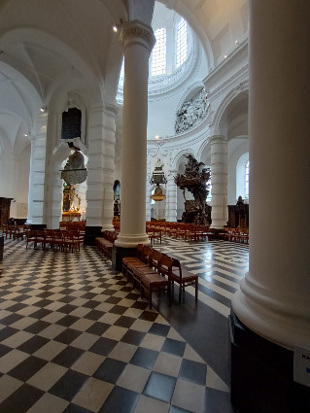
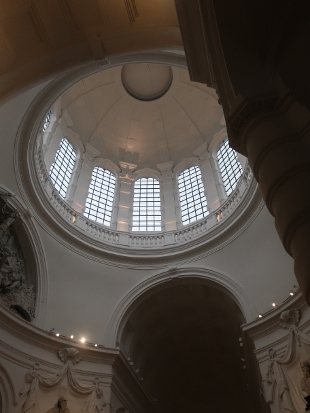
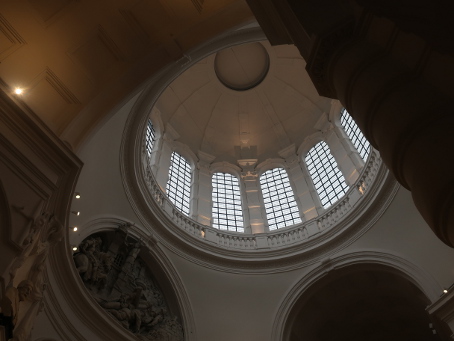
The site is by the river and there were problems with the land below being able to support the weight of the dome.
The sculptures in the dome were designed by Lucas Faydherbe as well and it was assumed they were of sandstone but post-war inspection showed them to have been made of gypsum to save weight - most ingenious and innovative.
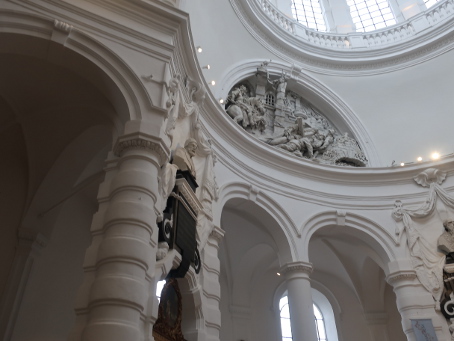
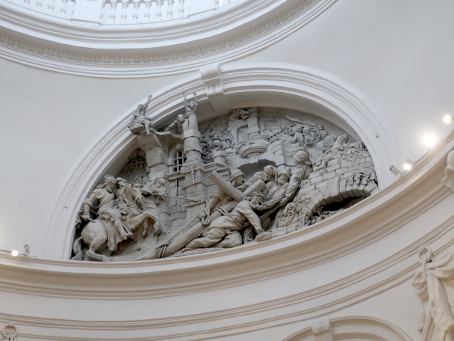
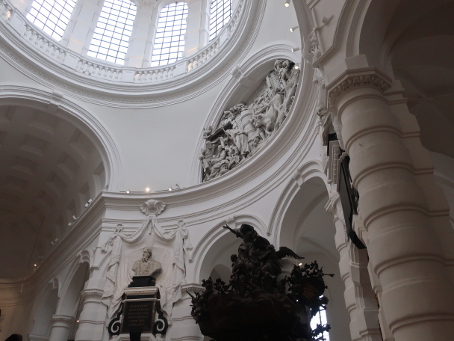
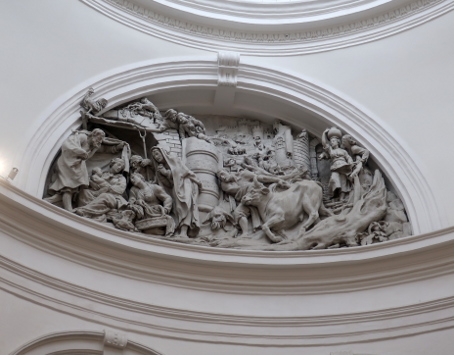
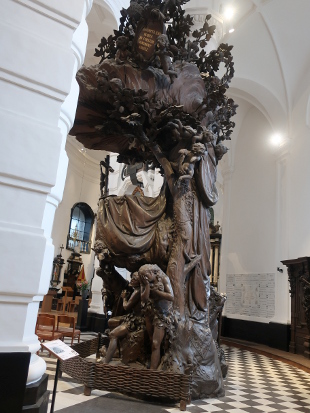
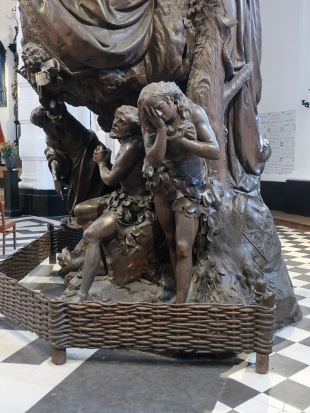
The pulpit by Jacob Lepla and other wood carvings in the church are exceptional
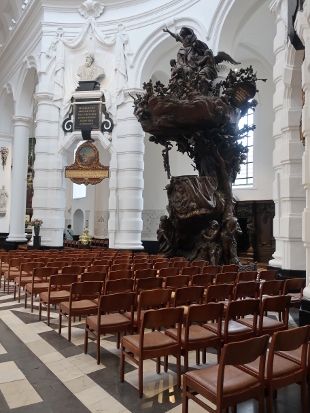
The banded columns are said to be influenced by Rubens' designs
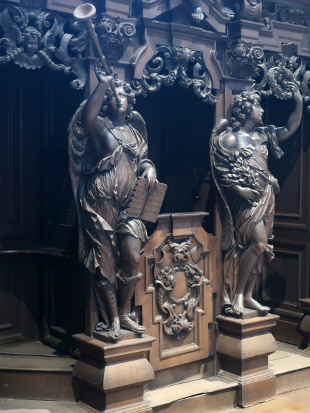
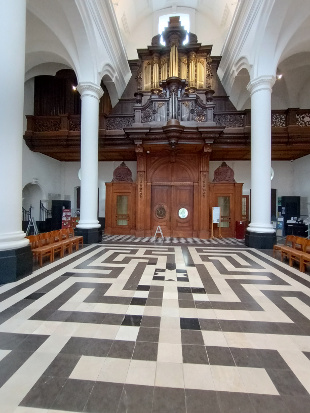
The floor contains a maze
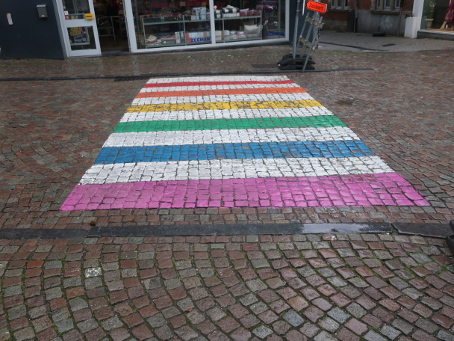
,,,, and the town leaves you deciphering meaning
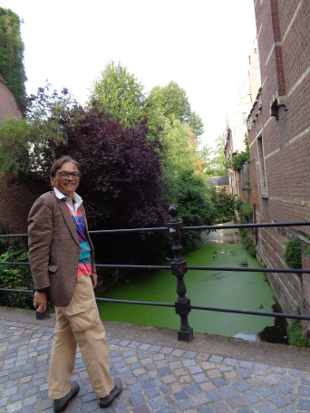
but the Green Water is the last remnant of an old inlet off the Dijle that ran right through the centre of town